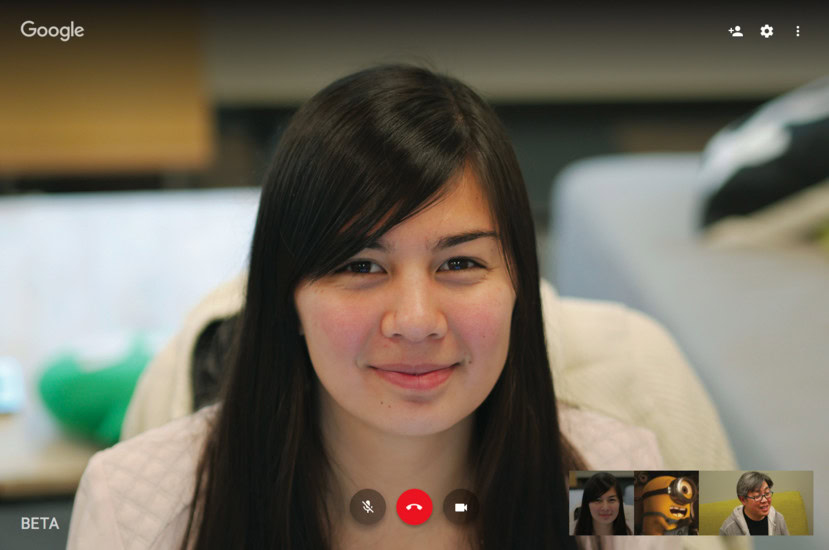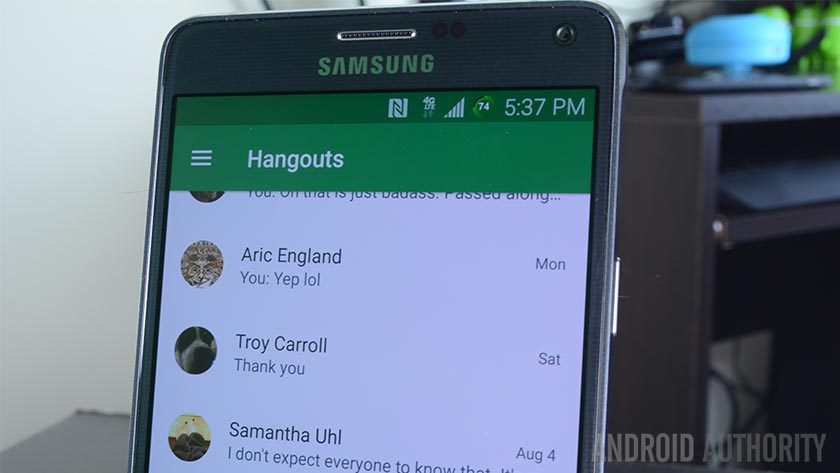Affiliate links on Android Authority may earn us a commission. Learn more.
VP9 codec coming to WebRTC courtesy of Google and Vidyo

Vidyo and Google have been working together for several years now with the majority of their work concentrating on the improvement of Google Hangouts’ video streaming capabilities. Now Google has announced that the release of Chrome version 48 will see WebRTC graduating from VP8 to VP9.
VP9 is a codec that was developed by both companies in tandem, and Google says that it will enable video calls to maintain the same high video quality at a 40% lower bitrate. The tradeoff is that it will cost about 15% extra CPU. All things considered, this seems like a pretty reasonable trade.


This update will see a number of improvements to the way Chrome handles video communication. Vidyo credits the scalable coding they used to create new server architecture. This architecture “excels in environments that require large scale and/or are housed in a cloud.” It is “codec-agnostic,” meaning that the choice of codec doesn’t matter so long as the infrastructure has the scalability it needs to function.
Since Google Hangouts is becoming an increasingly popular tool for both business communications and casual interactions, it’s no surprise that Google is putting forth a serious effort to make sure that their Chrome operating system is constantly getting better and better at managing live video services. Google says they plan to continue working with Vidyo, and they foresee the cooperative relationship yielding better and better versions of Chrome going forward.
Are you a Google Hangouts user? How has your Hangouts video quality been in your opinion? What do you think of the changes to Chrome that Google and Vidyo are developing? Let us know in the comments!